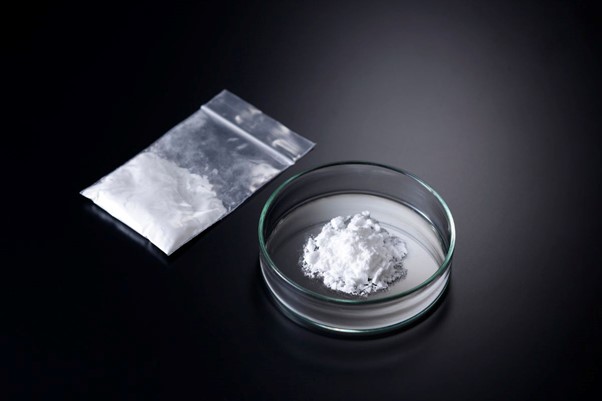All about monkey dust
Monkey dust is dominating the headlines. With its unpredictable side effects, the psychoactive substance is currently an epidemic in some parts of the UK.
Emergency services are describing this drug as a potential public crisis. We have a taken a look closer at this synthetic drug, monkey dust, it’s side effects and how Lextox can help test for it through reliable analysis methods.
What is monkey dust?
Also known as cannibal dust, zombie dust and methylenedioxypyrovalerone (MDPV) monkey dust is a synthetic man-made drug, chemically similar to amphetamines, and from a family of drugs known as cathinones – an ingredient derived from the plant Khat.
Cathinones are powerful substances known for producing intense psychoactive effects, often compared to the effects of cocaine or MDMA. As a result, monkey dust acts as a potent stimulant and comes with a variety of risks commonly associated with synthetic drugs.
Prior to 2010, cathinones could be purchased in ‘head shops’ but have since been reclassified as class C drugs in legislation rushed through parliament to tackle the rise of the drug mephedrone, before a wider crackdown on so-called ‘legal highs’.

What are the effects of monkey dust?
Synthetic forms like MDPV can be made with various changes in the chemical structure, so can cause unpredictable effects.
The substance stops users from feeling pain, but also causes hallucinations and paranoia. Users have been known to climb trees and buildings like ‘monkeys’, which is how it was given its name – monkey dust.
The effects produced by the drug can last up to 12 hours and are often intense. Users may experience extreme agitation, fear, and even psychosis.
Even small doses carry a high risk of overdose, while the drug has been linked to heart issues, kidney damage, and long-term psychological effects.
Some individuals become violent or aggressive, which may be linked to the drug’s impact on serotonin levels in the brain, similar to other stimulants like cocaine or methamphetamine.
Staffordshire Police and emergency services have reportedly responded to around 950 incidents related to monkey dust , this equates to more than 10 a day.

Testing for monkey dust
As we explain in our blog ‘The Highs and Lows of Testing for Psychoactive Substances’, keeping up with new designer drugs can be a challenge.
At Lextox, we’re able to detect over 20 psychoactive substances, including MDPV, and the list is growing.
For those seeking a monkey dust drug test, similar to the other drugs we test for, we recommend hair testing for the following reasons:

How we can help
At Lextox, our experienced team is on hand to support you with expert guidance and fast, reliable testing for a wide range of substances, including monkey dust.
To find out more about testing for ‘monkey dust’ or to book your sample collection appointment call 029 2048 4141 or email [email protected].
Published 22/08/18 – All information correct at time of publication





